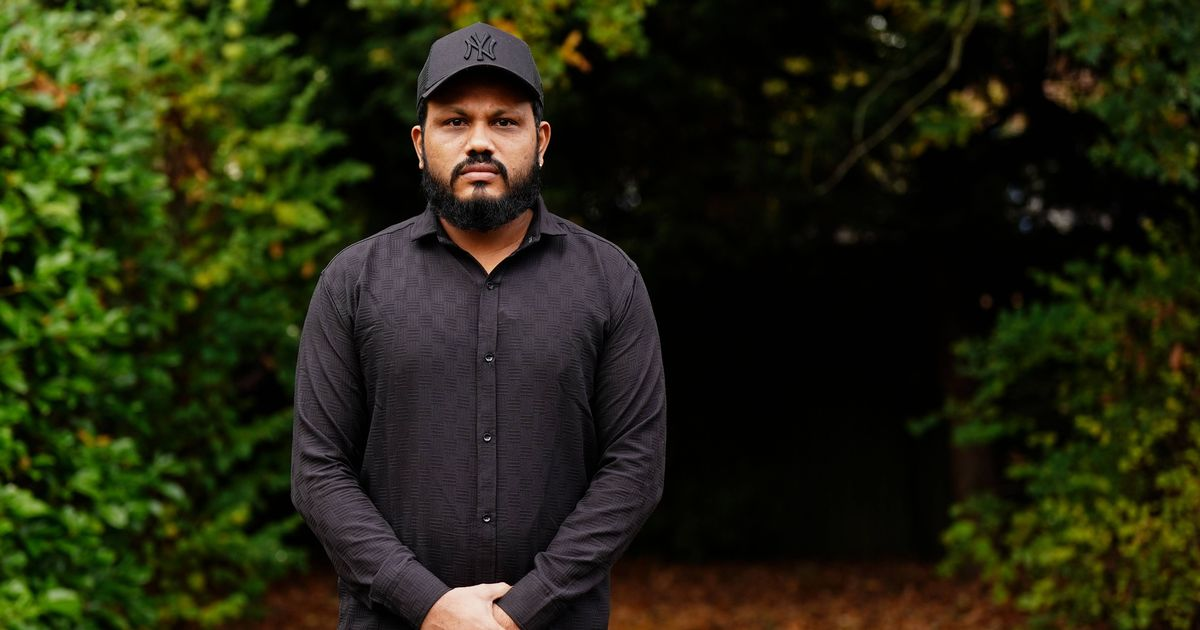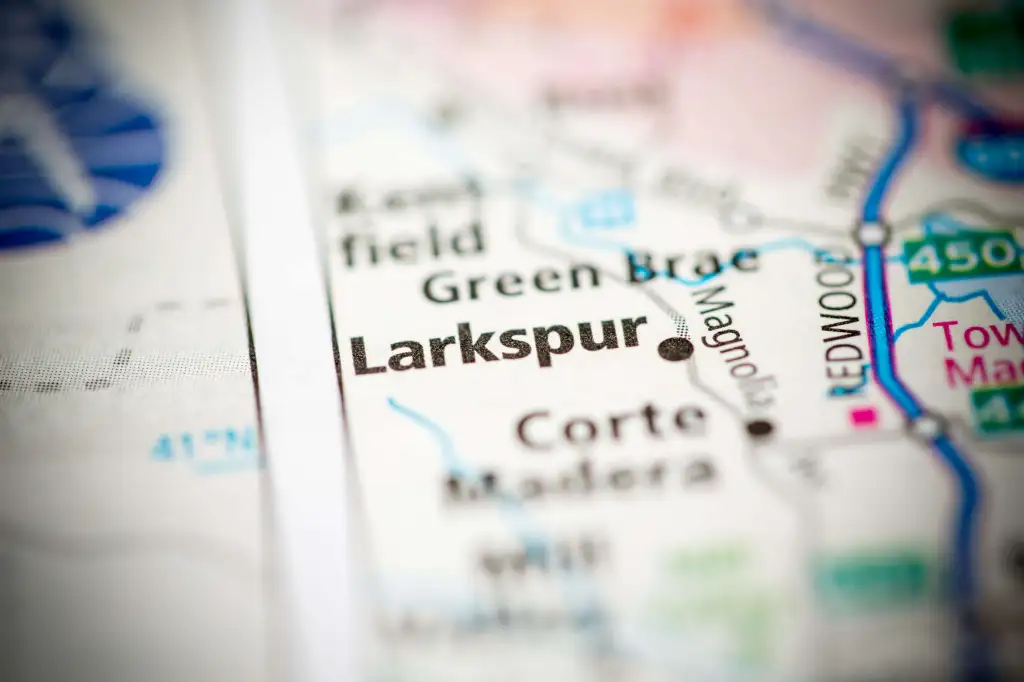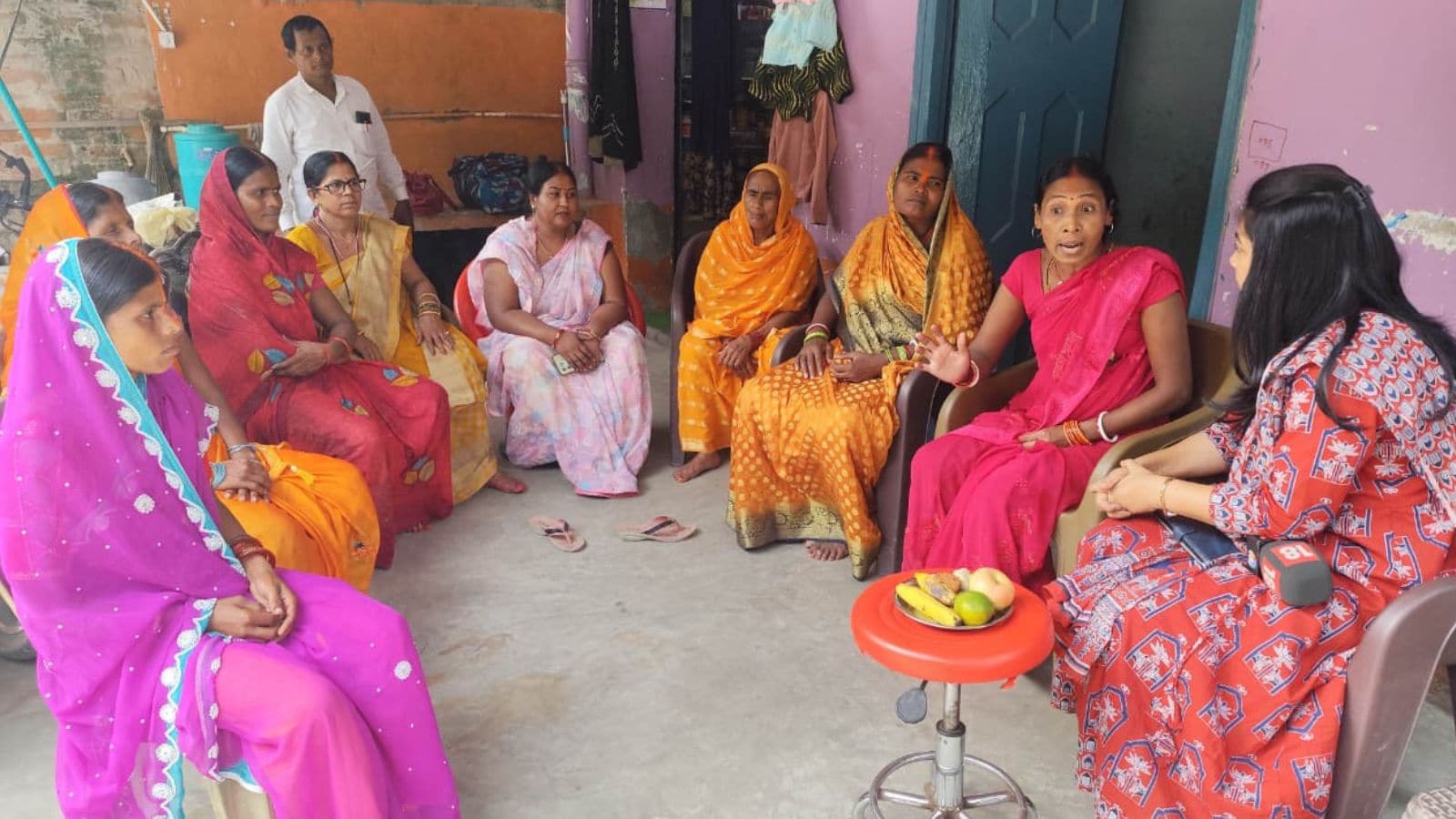Copyright breezyscroll

When Air India Flight AI-128, a Boeing 787 Dreamliner, plummeted to the ground just minutes after takeoff from Ahmedabad on June 12, 2025, it marked one of the deadliest aviation crashes in India’s history. Of the 260 people killed, 241 passengers and 19 on the ground, only one man survived. Months later, that survivor, Vishwash Kumar Ramesh, is still grappling with both physical pain and deep emotional scars. What happened on June 12? The London-bound Dreamliner took off from Ahmedabad International Airport in the early hours of June 12. Within minutes, it lost altitude and crashed into the campus of a nearby medical college. The impact and resulting fire left few traces of the aircraft’s original form. According to a preliminary report by India’s Aircraft Accident Investigation Bureau (AAIB), fuel supply to both engines was cut off moments before impact, a rare and catastrophic systems failure. While the report confirmed the sequence of events leading up to the crash, it stopped short of assigning blame or identifying the precise cause. The tragedy has since triggered calls for greater transparency, especially after one of the pilots’ families petitioned India’s Supreme Court for an independent investigation, alleging that the ongoing probe unfairly targeted the flight crew. Who is the sole survivor? Ramesh, a 39-year-old British citizen from Leicester, was traveling to London with his brother Ajay when the aircraft went down. Against all odds, he walked away from the wreckage alive, an outcome he still struggles to comprehend. “God gave me life but took all my happiness,” Ramesh told the Press Association (PA). “It completely brought down my family.” Ramesh described his brother as his “strength” and “everything.” His survival, rather than bringing closure, has left him tormented by guilt and recurring memories of the crash. Life after survival: living with trauma Months later, Ramesh’s recovery remains incomplete, both physically and mentally. He told the BBC that he still suffers from severe pain in his leg, shoulder, knee, and back, making it difficult to walk unaided. “When I walk, not walk properly, slowly, slowly, my wife help,” he said. Beyond the visible injuries, the emotional wounds cut deeper. He revealed that he sleeps barely three to four hours a night and suffers from frequent flashbacks of the crash. While doctors in India diagnosed him with post-traumatic stress disorder (PTSD), he has reportedly not received any mental health treatment since returning to the UK. Why does this tragedy raise larger questions about aviation safety While aviation remains statistically one of the safest modes of transport, the Ahmedabad crash reignited discussions around fuel management systems, pilot training, and regulatory oversight. 1. Mechanical vs. human error: where the line blurs Experts note that a simultaneous fuel cutoff to both engines is uncommon and often indicates a system malfunction rather than pilot error. Yet, aviation authorities worldwide have been criticized in the past for prematurely attributing accidents to “human error” before completing full technical analyses. 2. The role of independent investigations Calls for independent accident inquiries are not new. Many countries, including the UK and the US, follow transparent, multi-agency review processes that make final reports public. India’s aviation sector, critics argue, still struggles with delays and limited public disclosure in crash investigations. The survivor’s silent battle: a call for better post-crash support For Ramesh, the road ahead is uncertain. His advisors told media outlets that despite his PTSD diagnosis, he has not received adequate mental health support in the UK. Survivor assistance, both medical and psychological, is often a neglected part of aviation disaster management, particularly for those caught between jurisdictions, as in Ramesh’s case. What survivors typically need Immediate trauma counseling to prevent long-term PTSD. Medical rehabilitation for injuries sustained during impact or evacuation. Legal and financial aid to navigate compensation claims. Community support systems for reintegration into daily life. Governments and airlines often promise assistance, but as global precedents show, such promises rarely translate into consistent, long-term care. Why Ramesh’s story matters Ramesh’s ordeal humanizes what might otherwise remain a statistic. Behind the investigation updates and safety debates is a man who wakes each night reliving the most terrifying moments of his life. His case highlights the need for: Transparent accident investigations that restore public trust. Cross-border survivor care frameworks for citizens affected abroad. Policy-level focus on trauma recovery in aviation safety protocols. Every crash report speaks of loss — but Ramesh’s story reminds us of the psychological cost of survival. The only survivor of the Air India Flight AI-128 crash, Vishwash Kumar Ramesh, continues to endure lasting trauma months after the disaster that killed 260 people. Preliminary investigations suggest fuel cutoff caused the Boeing 787 to crash shortly after take-off from Ahmedabad. While officials debate technical causes, Ramesh’s story underscores a deeper issue: the lifelong emotional and physical toll of surviving an aviation tragedy and the global need for stronger post-crash support systems.



